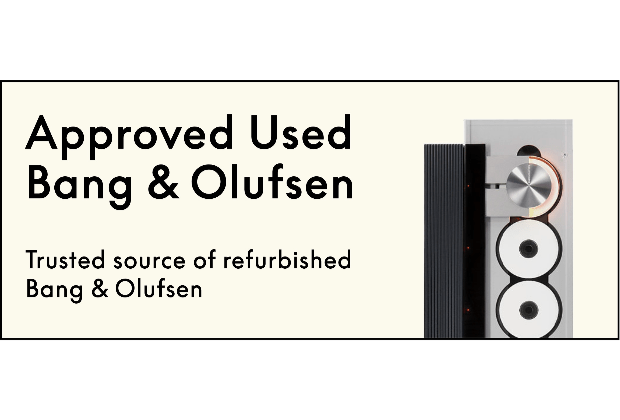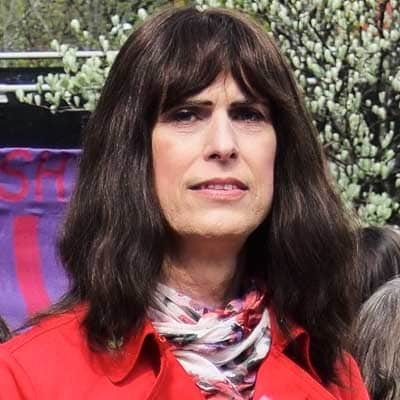Home › Forums › Product Discussion & Questions › BeoMaster › 4 Ohms Speakers on Beomaster 4500 or Beocenter 9300 Roth Beolink-Active
- This topic has 8 replies, 5 voices, and was last updated 2 years ago by
kronzilla.
-
AuthorPosts
-
4 February 2023 at 05:59 #43546
Cyberpunk
BRONZE MemberHello Friends of Vintage B&O,
I would like to use modern 4ohm speakers with my above mentioned equipment.
the internal amplifier of These are always mentioned with 8 ohms, but no mention of a 4 ohm compatibility.
this might mean that these ARE 8 ohms amplifiers.
surprisingly, i did not find any forum thread clearing this question
mostly some writers actes as forum trolls, bringing these threads in the direction of „use B&O speakers“, this-Sounds-Berger-than-that, etc.
so please dont repeat this circle – is there a technical competent Melker which can provide clear answers?
probably all the 3 devices might use the same amplifier, but this is not the point to clear up.
probably someone can identify the transistors used in the circuit, and bring answers from this fact.
thank you in advance
4 February 2023 at 18:05 #43547Cyberpunk
BRONZE MemberSorry for the typos, produced by my automatic german typing-correction,
i just could not realize them on the small phone screen…
it means:
…or… beolink active
…sounds better…
Melker (funny) means MEMBER
5 February 2023 at 05:54 #43548Although I am not sure that it was fitted with the same amplifier, I used 4 ohm Grundig Audiorama 8000s with my Beocenter 9500 extensively, with no problems. Although someone may be along to give a technical recommendation, I would simply keep volume levels low when initially testing.
Location: Warwickshire, UK
My B&O Icons:
7 February 2023 at 18:28 #43549In reality, dynamic speakers are only nominally 4 or 8 ohms. They vary their impedance with frequency. A manufacturer rates an amp’s power into a load. Therefore as the load goes from 8 to 4 an amp must deliver more current to support the voltage needed to drive the speaker. If the amp cannot its voltage will drop which reduces its watts. This just means if both an 8 and 4 ohm pair had the same sensitivity you could play the 8 ohm louder. Both will still work. Simply turn the volume down if you hear distortion from any speaker regardless of its rating.
10 March 2023 at 10:22 #43550Cyberpunk
BRONZE MemberAnd how would you See my attempt to use „bi-amping“ with a (nominal) 4 Ohm speaker which offer a Dual Terminal, Split Intro high and low frequency connectors:
i would use each 1 of the 4500 or 9300‘s speaker Outputs with One of the terminals, which might get each pair closer to the 8 ohms target…?
so the amp would Drive 2pairs of speakers wich really Are 1 pair…?
regards
10 March 2023 at 18:43 #43551I would not connect your speakers that way. Simply run one set of speaker wires and use the jumpers on your speaker terminals. You cannot bi-amp with a single amplifier. What you are proposing is ‘bi-wiring” and it’s not likely to benefit given the speaker switches and DIN connections.
17 March 2023 at 21:15 #43552You shouldn’t run the full range signal from the amplifier into the tweeter terminals, unless the loudspeaker has built-in crossover filter for the tweeter. If it has separate connectors for the high and low register, that indicates the contrary. Then it’s probably designed for active filters and biamping.
17 March 2023 at 23:18 #43553Ninni, virtually all speakers that provide for two separate pairs of binding posts also include internal crossovers and jumpers and to bridge the two inputs to use a single pair of wires. True bi-amplified speakers without internal or included amps are predominantly a DIY offering.
13 December 2023 at 01:00 #43554kronzilla
BRONZE MemberIf you search as example in the beomaster 3500/4500 manual, they describe ONLY use 8 ohm speakers. In the long therm the amp and other components will fail due the higher current with 4 ohm speakers. I would stick to 8 ohm for that reason.
-
AuthorPosts
- You must be logged in to reply to this topic.























